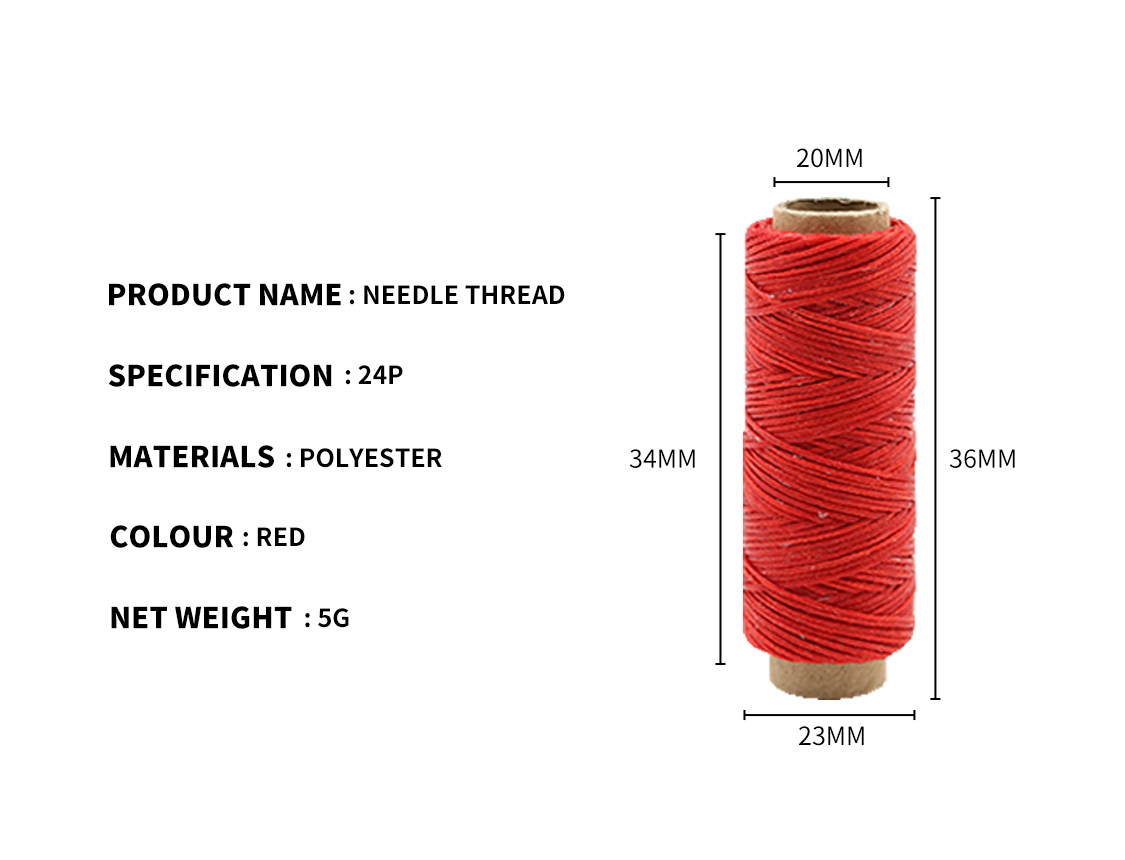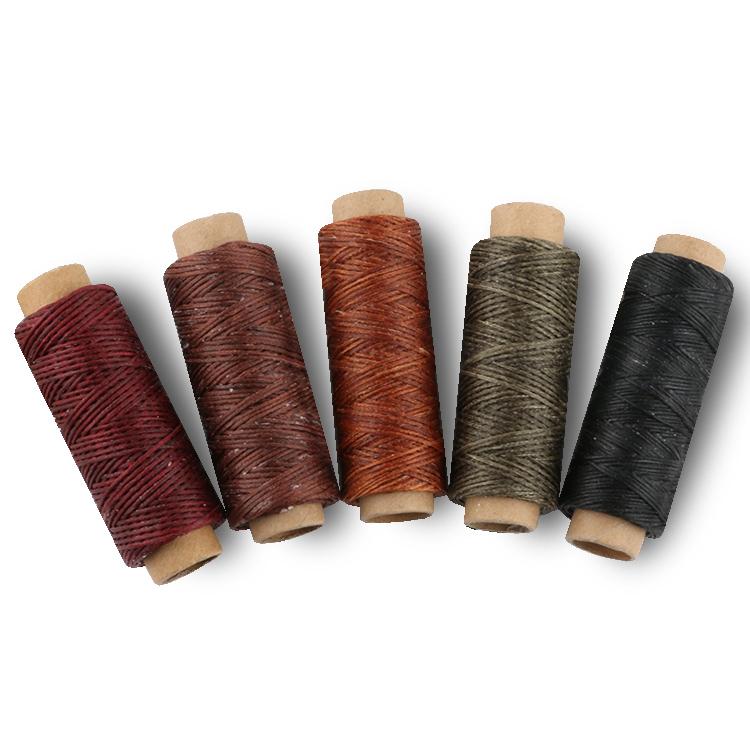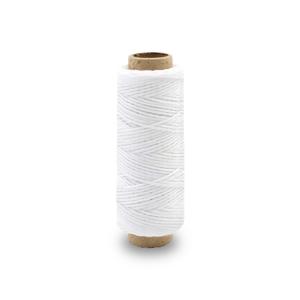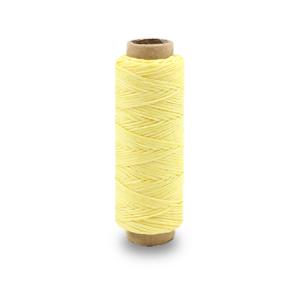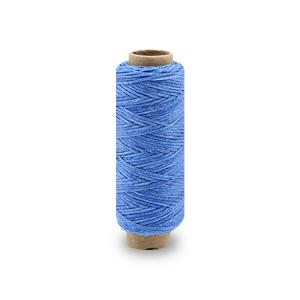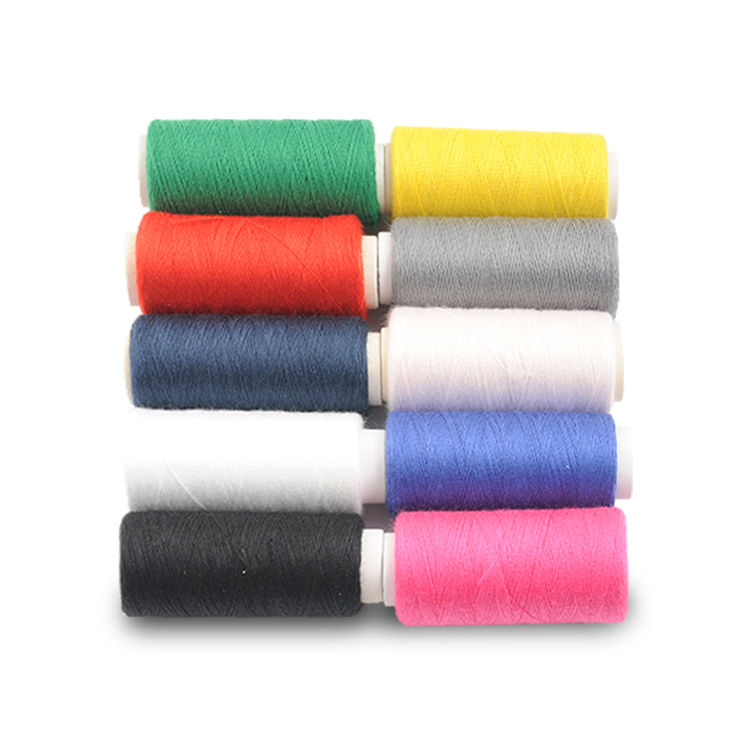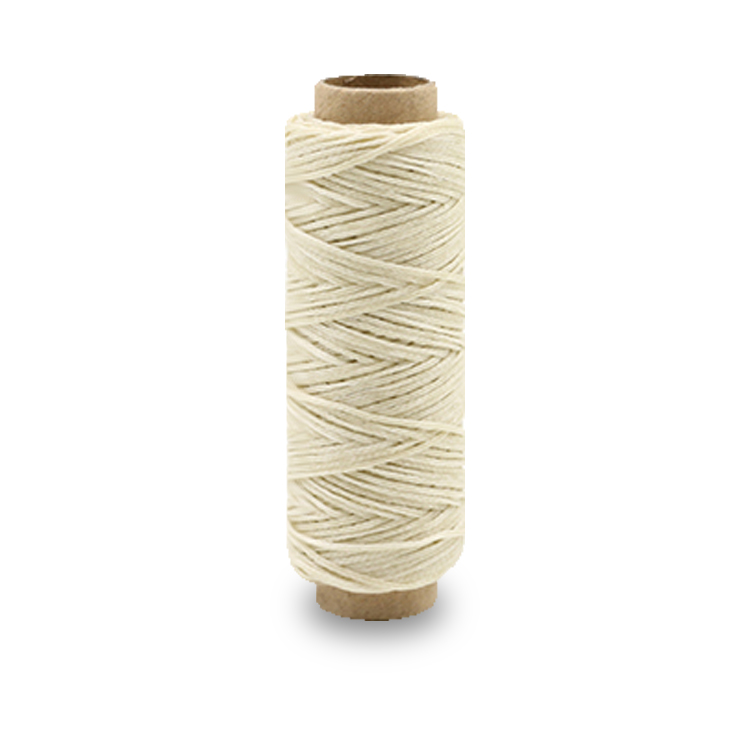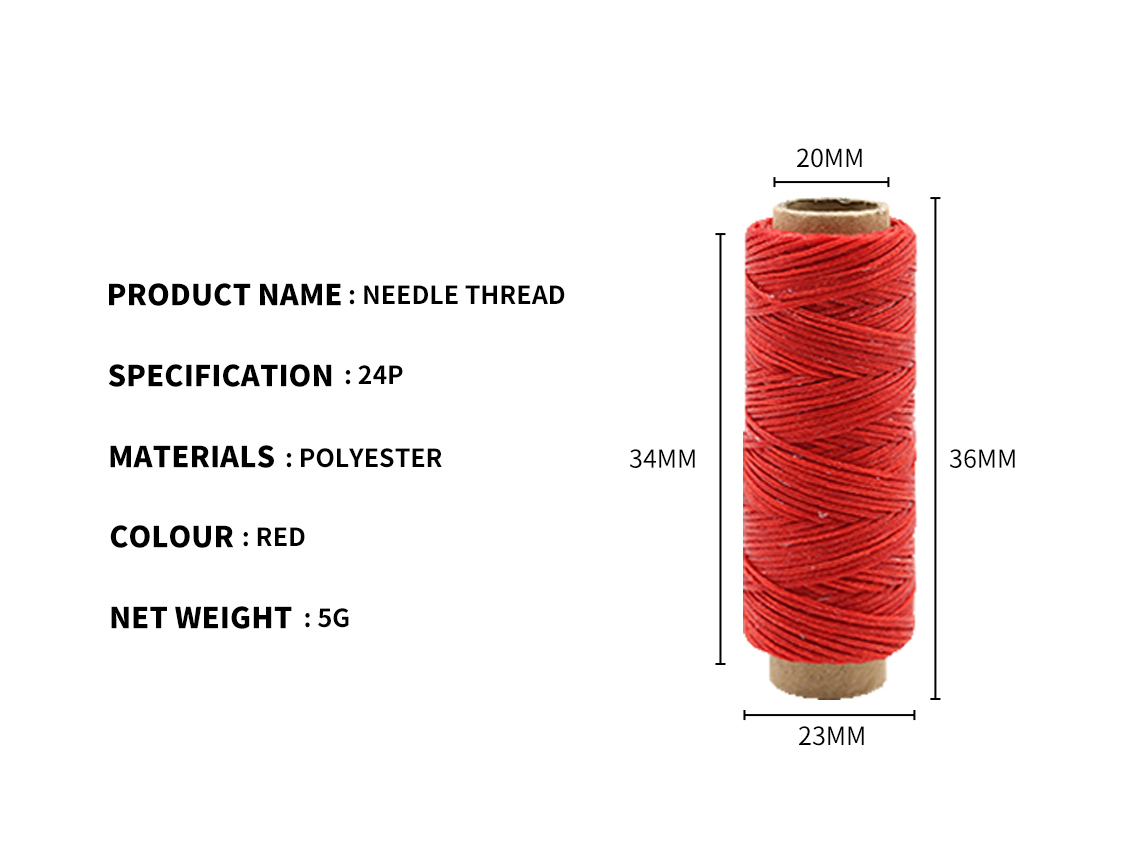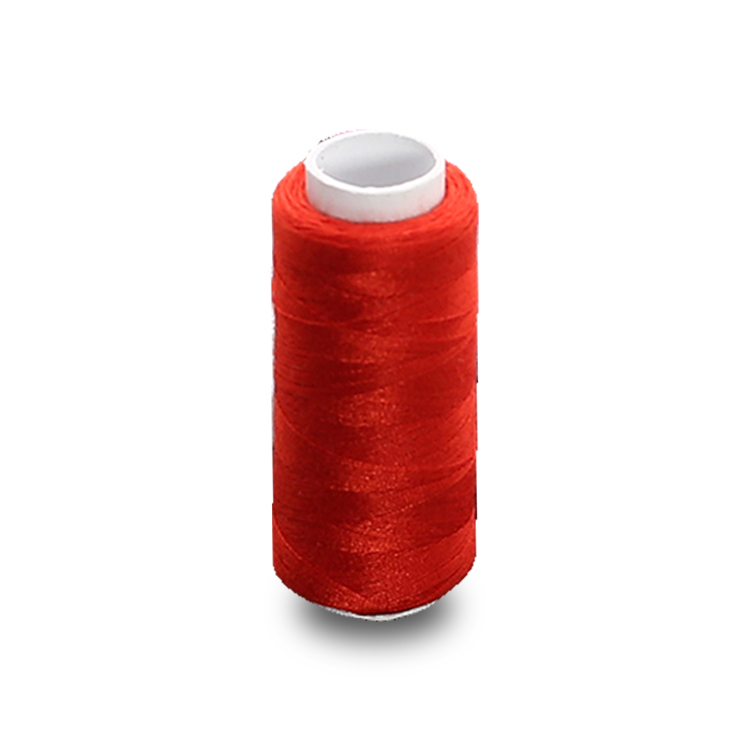Share to:
Related Products
Dyed poly cotton core spun 20s4 40s2 needle sewing thread assortment
LQ-9-02
Price: From $0.66
Place of origin:Guangzhou
Brand Name:Liqi
Model number:50s/2
Material:Polyester cotton
Pattern:Dyed
Feature:High tenacity
Color:Over 500 colors avaliable
Use:Garment
MOQ:400 pieces
Technics:Spun
KeyWords:Needle sewing thread
Length/cone:1000yds-20000yds
Net weight/cone:80g-1000g
Packing:10cone/ plastic bag, 100cone/ blank carton or customized packing
Thread:20S/2, 20S/3,30S/2.30S/3, 40S/2.40S/3,50S/2,50S/3, 60S/3
Application:Sewing
Name: Needle sewing thread
Main raw materials: Polyester cotton
Scope of use: Clothing, home textiles
Specification: 85g
Packaging: Carton
Material: 100% Polyester
Quality grade: Excellent products
Yarn Form: Bobbin yarn
Origin: Guangzhou
Output: 100000 kg/month
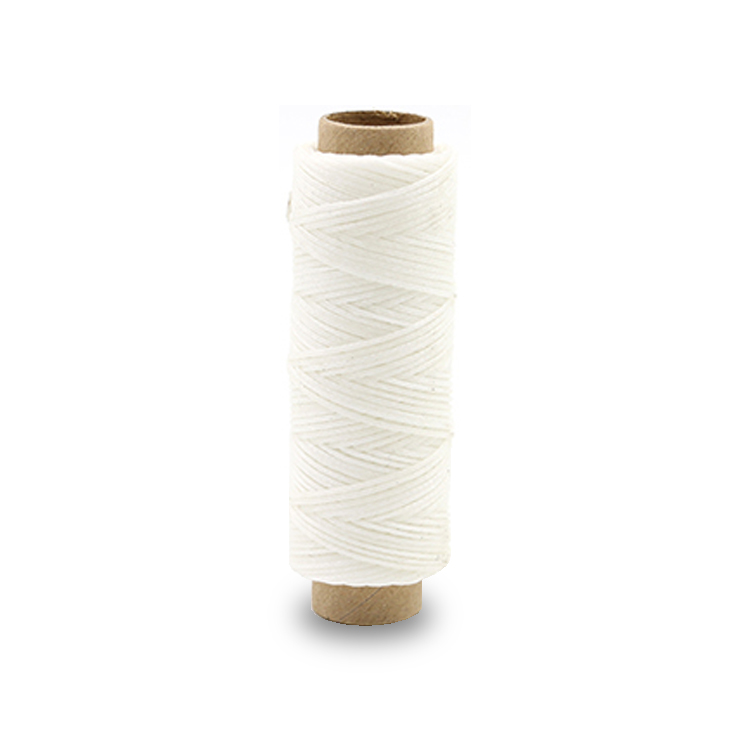
Needle sewing thread is a kind of sewing thread. Needle sewing thread is used to sew various garment materials, which has dual functions of practicality and decoration. The quality of sewing not only affects the sewing effect and processing cost, but also affects the appearance quality of finished products. Therefore, the general concept of seam formation, twist, the relationship between twist and strength, seam classification, characteristics and main uses, and the selection of seam are introduced in order to facilitate enterprises to determine the seam in formulating standards for relevant tests. General Concept of Line Formation
Carding (carding) - Needle yarn thread that is textured by only one end of the carding process.
Combing - Use comber to comb needle yarn thread at both ends of the fiber, less impurities, more straight fibers.
Blend - Needle yarn thread made of two or more fibers of different properties mixed together.
Single needle yarn thread - Directly formed on the spinning frame, once untwisted, it will disperse, referred to as yarn.
Thimble yarn - Two or more needle yarns thread twisted together, referred to as yarn.
Needle sewing thread - A general term for sewing threads for garments and other sewing products.
New spinning - Different from traditional ring spinning, one end is free end, such as air spinning, friction spinning, etc. The yarns are twisted together, without twist.
Needle yarn thread count - Indicators used to indicate yarn fineness, mainly in British count, metric count, special count and denier count.
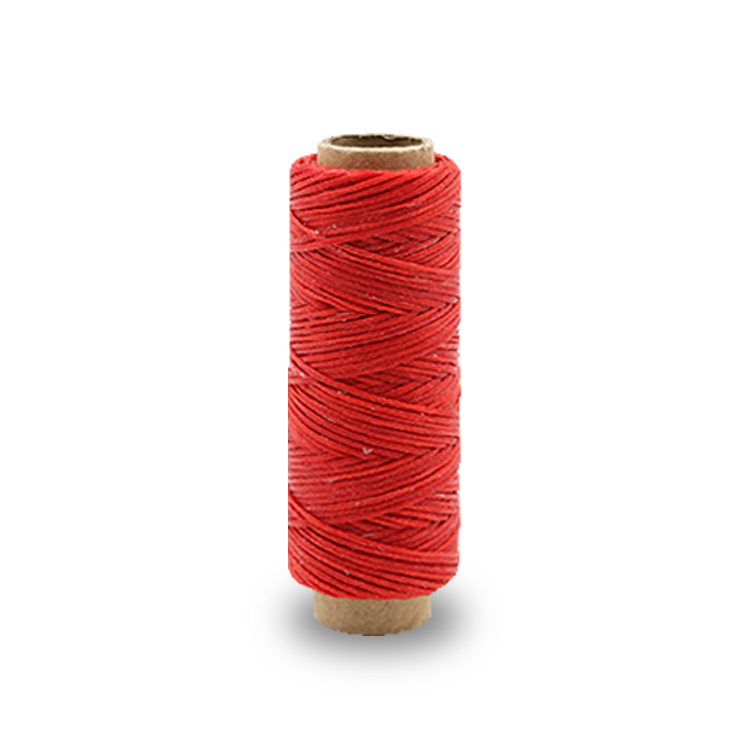
On Twist
Definition: By twisting the fibre structure of the needle thread, the relative angular displacement between the cross sections of the line is produced, and the structure of the line is changed by tilting the straight fibre and the axis. Twisting can make the neddle yarn thread have some physical and mechanical properties such as strength, elasticity, elongation, gloss and feel. Twisting number per unit length is used to express the number of twists per inch (T.P.I) or the number of twists per meter (T.P.M).
Twist: Rotate 360 degrees around the axis for one twist.
Twist direction (S or Z): The inclined direction of the helix formed by rotation around the axis when the yarn is vertical. The tilt direction of the S twist is the same as that of the middle part of the letter S, that is, the right hand direction or clockwise direction. The tilt direction of the Z twist is the same as that of the middle part of the letter Z, i.e. the left hand direction or counterclockwise direction.
The relationship between twist and strength: twist of needle yarn thread is proportional to strength, but after a certain twist, strength decreases. Excessive twist, increased twist angle, poor gloss and feel of the neddle yarn thread; Excessive twist, hairiness and feel loose. This is because the increase in twist increases the friction resistance between fibers and increases the strength of the needle yarn thread. However, with the increase of twist, the axial force of needle neddle yarn thread decreases, and the stress distribution of internal and external fibers is uneven, which leads to the inconsistency of fiber breakage.
In a word, the fracture property and strength of the needle yarn threads are closely related to twist. Twist and twist direction are determined according to the requirements of finished products and post-processing, generally Z twist direction.
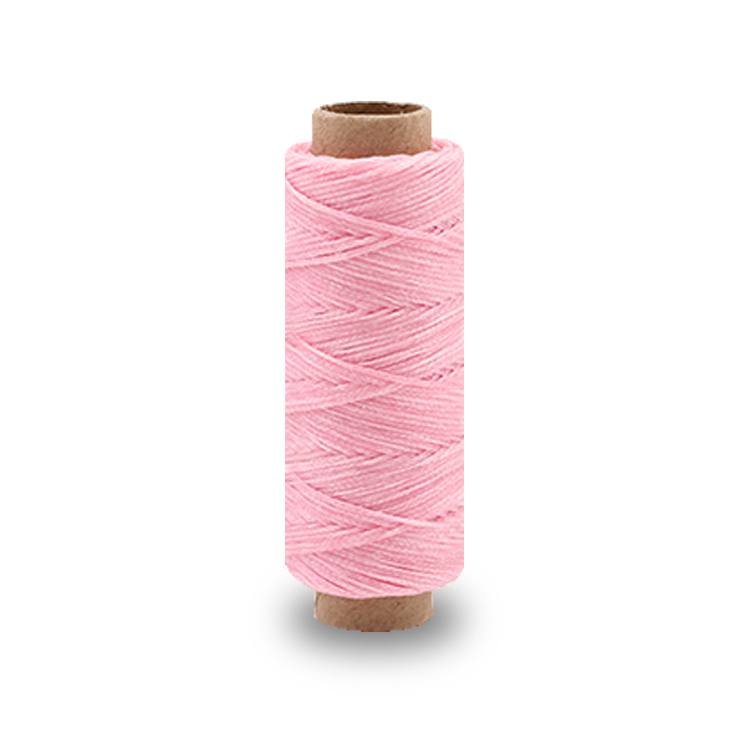
Classification, characteristics and main uses of needle sewing thread
According to the raw materials, it can be divided into three categories: natural fiber neddle sewing thread, synthetic fiber sewing thread and mixed sewing thread.
1. Natural fibre needle sewing thread
Cotton needle sewing thread - A needle sewing thread made from cotton fibre by refining, bleaching, sizing and waxing. Cotton needle sewing thread can be divided into light-free (or soft), silk and wax light. Cotton needle sewing thread has high strength and good heat resistance. It is suitable for high speed sewing and durable pressing. It is mainly used for sewing cotton fabrics, leather and high temperature ironing clothes, but its disadvantages are poor elasticity and wear resistance.
Silk needle yarn thread - Filament or silk needle yarn thread made of natural silk, has excellent gloss, and its strength, elasticity and wear resistance are superior to cotton neddle yarn thread. Suitable for sewing all kinds of silk clothing, high-grade woolen clothing, fur and leather clothing, etc.
2. Synthetic needle sewing thread
Polyester needle sewing thread, made of polyester filament or staple, has high strength, good elasticity, wear resistance, low shrinkage and good chemical stability.
However, due to its low melting point, easy melting at high speed, blocking needle eyes and breaking thread, attention should be paid to the selection of machine needles. Mainly used for jeans, sportswear, leather products, wool and military uniforms, is the most widely used sewing thread.
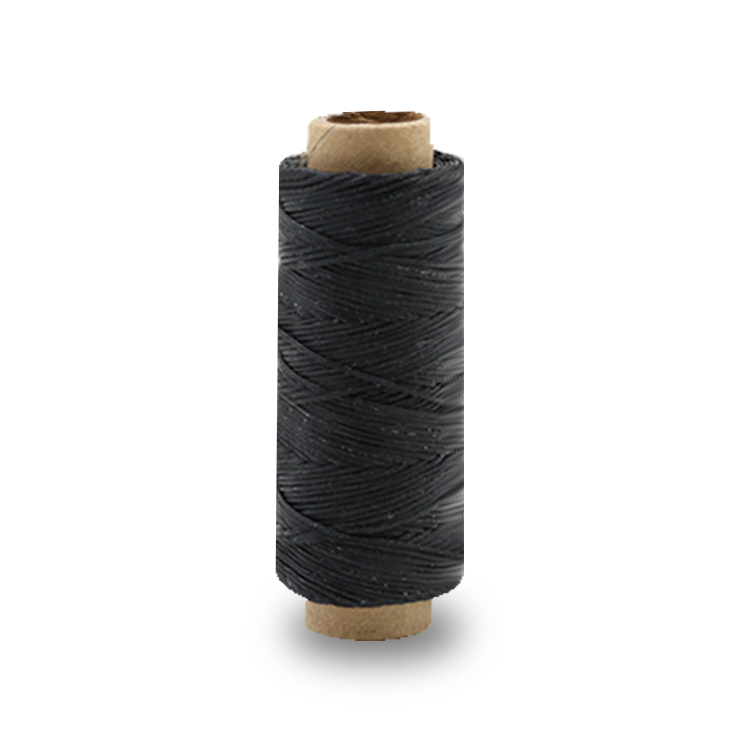
Nylon needle sewing thread - Made of pure polyamide filament, divided into filament, staple filament and elastic deformation neddle thread.
At present, filament needle yarn thread is commonly used.
It has large elongation and good elasticity, and its tensile length at breaking moment is three times longer than that of cotton neddle yarn thread of the same specification.
It is used for sewing chemical fibers, wool, leather and elastic clothing.
The greatest advantage of nylon needle sewing thread is transparency. Because of its transparency and good color, it reduces the difficulty of sewing wiring and has broad prospects for development. However, in the current market, the stiffness and strength of transparent yarns are too large, and the stitches are easy to float on the surface of fabrics. In addition, the stitching speed can not be too high because of the high temperature resistance.
At present, this kind of thread is mainly used for applique, cutting edge and other parts which are not easy to bear force.
Vinylon needle sewing thread, made of vinylon fiber, has high strength and smooth stitching. It is mainly used for sewing thick canvas, furniture cloth, labor protection articles and so on.
Acrylic needle sewing thread - Made of acrylic fibers with low twist and bright dyeing. It is mainly used for decoration and embroidery.
Mixed needle sewing thread
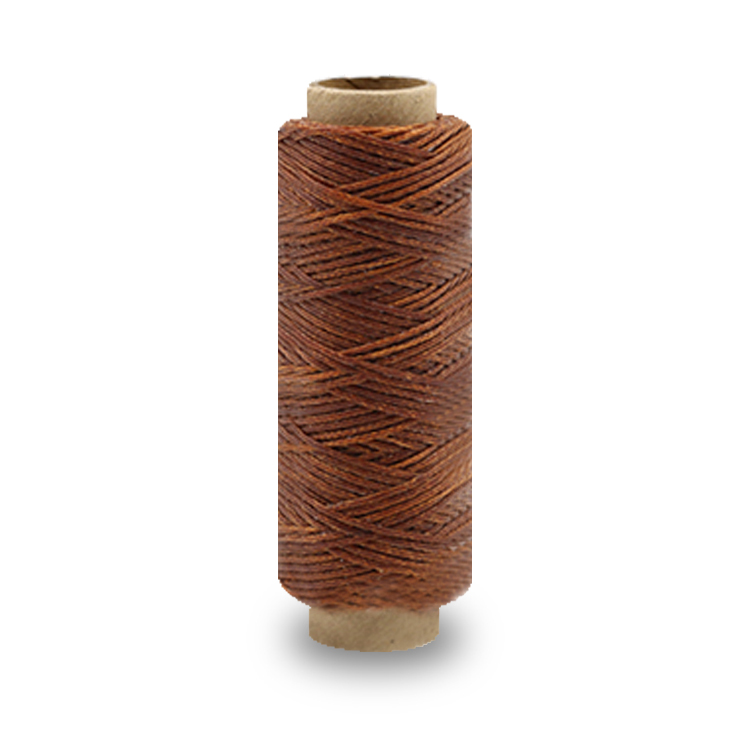
Polyester cotton needle sewing thread - Made of 65% polyester and 35% cotton. It has the advantages of both polyester and cotton. It has high strength, wear resistance, heat resistance and shrinkage. It is mainly used for high-speed sewing of all kinds of clothing, such as cotton, polyester and cotton.
Core wrapped spun needle sewing thread - Filament as core, wrapped in natural fibers, strength depends on the core, wear resistance and heat resistance depends on the wrapped yarn, mainly for high-speed and solid garment sewing.
Selection of needle sewing thread
In the prescribed conditions, the ability to form good stitches while maintaining certain mechanical properties, called seamability, is a comprehensive index for evaluating the quality of stitches. According to the material, thickness, organization, color, sewing style, sewing equipment or means, the needle sewing thread and machine needle matching the types and specifications can be selected. Generally, the following principles can be followed:
1. Coordination of needle yarn thread with fabric properties
It can ensure the unity of shrinkage rate, heat resistance, wear resistance and durability, and avoid the shrinkage caused by too large difference between lines and fabrics. In general, fine thread is used for soft and thin materials, small size machine needle is used for hard and thick materials, and large size machine needle is used for hard and thick materials.
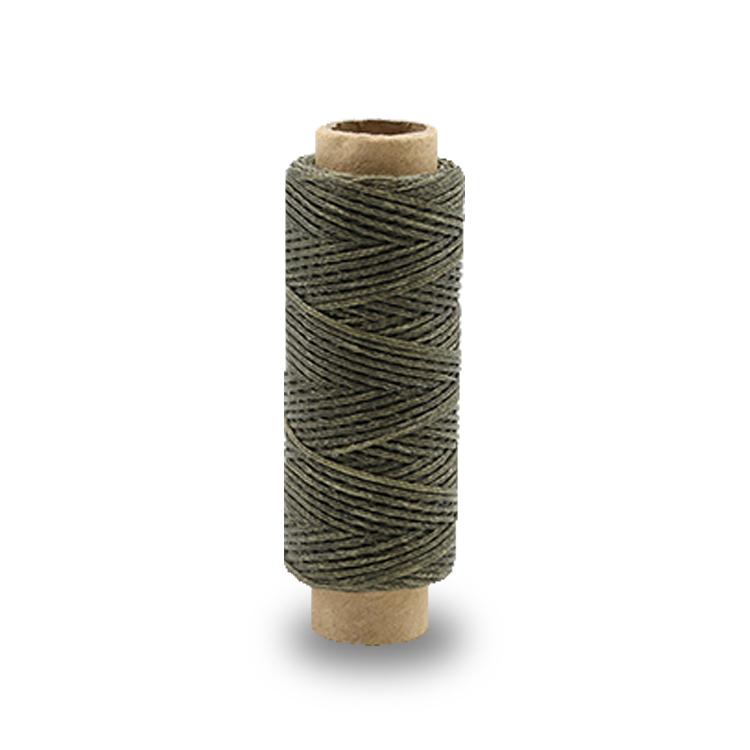
2. Coordination of needle yarn thread with sewing equipment
Level sewing machine chooses left-turn sewing thread, twisting when sewing, to maintain the strength of the sewing thread.
3. Coordination of needle yarn thread with trace form
Bag (bandage) sewing machine uses fine cotton needle thread, which is not easy to deform and wrinkle, and makes chain stitches beautiful and comfortable. Double stitches should be made with good extensibility. The crotch seam and shoulder seam should be stitched firmly. The wearable suture should be chosen for button eyeliner.
4. Coordination of needle yarn thread with garment types
For special purpose clothing of needle yarn thread, such as elastic clothing, elastic sewing is needed.
Fire-fighting clothing is made of heat-resistant, flame-retardant and water-proof sewing.
